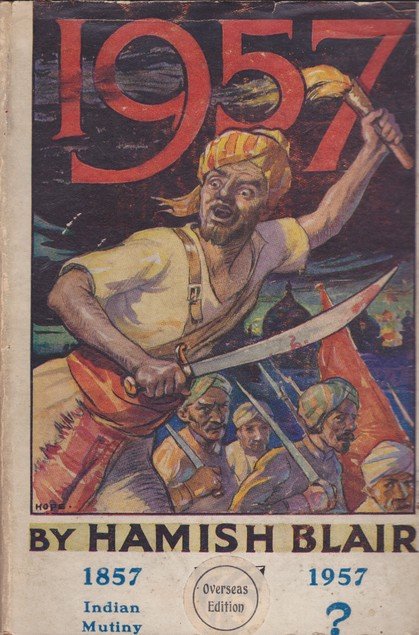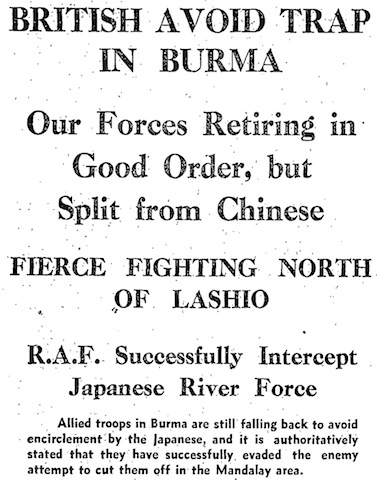More
I’ve been awarded a small grant by the University of New England to fund research into ‘Popular perceptions of the German threat in Britain, 1914-1918’. I’m very fortunate to have received this and very grateful. The basic idea is this: This project will investigate the British public’s reaction to the threat of German attack during […]





